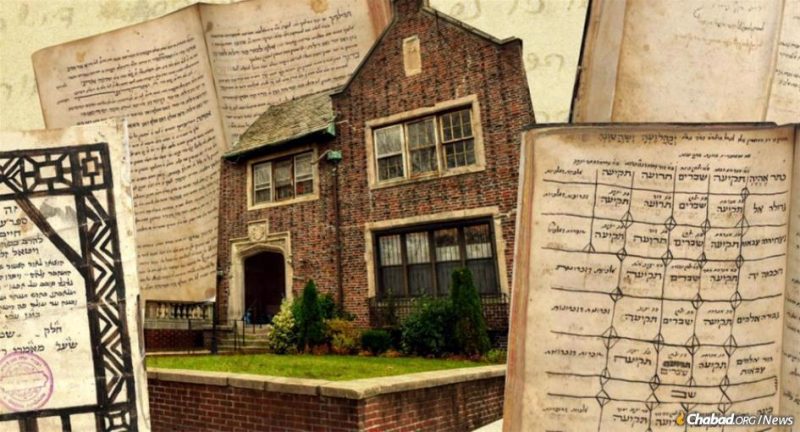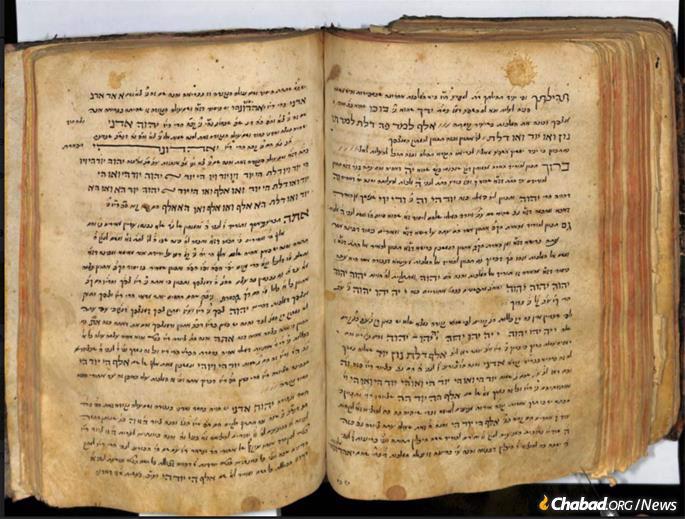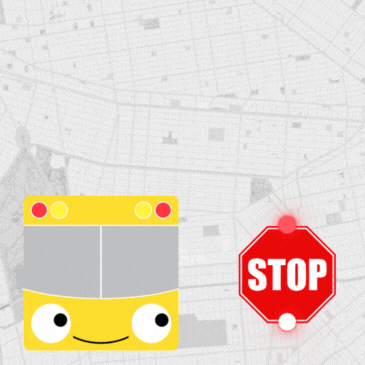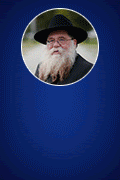
High Holiday Treasures from the Central Chabad Library
by Motti Wilhelm – chabad.org
In an unassuming building beside Chabad-Lubavitch Headquarters in Brooklyn’s Crown Heights neighborhood rests a breathtaking collection of Judaism’s greatest treasures. The Library of Agudas Chassidei Chabad, otherwise known as the Central Chabad Library, was collected by generations of Chabad Rebbes for the benefit of the Jewish people and encompasses hundreds of thousands of volumes, thousands of manuscripts, and countless artifacts that span the full depth and breadth of Jewish history, scholarship and experience.
A serious research library, the library also uses many tools to share its treasures with the general public, including the scanning of thousands of its titles and hundreds of its manuscripts, and an ongoing exhibition displaying some of the rarest items in the collection.
In honor of the High Holidays, we present here a select sampling of these cherished volumes and items, and invite you to explore the stories hidden beneath their pages.

Rescued from a Binding
Some of the most rare and valuable items in the Central Chabad Library were never purchased or gifted to the library; rather, they were discovered hiding in plain sight.
In medieval times, bookbinders often reinforced bindings with pages from older manuscripts. What was once a practical, money-saving technique has since become a hidden source of treasure for those who know where to look.
In recent years, librarians—including those at the Central Chabad Library—have begun carefully examining bindings for such fragments. Their work has led to remarkable discoveries.
One such discovery was several pages from a handwritten prayer book containing portions of the Rosh Hashanah liturgy. Written on parchment, the manuscript is believed to predate the era of the printing press.
The use of sacred texts as binding material may have stemmed from Jewish law, which prohibits discarding them outright. Instead, damaged or worn pages must be disposed of respectfully, usually through burial. Faced with growing piles of unusable pages, some binders chose to repurpose them within new volumes.
Though not the ideal way to handle sacred writings, this practice had an unintended benefit: it preserved countless antique manuscripts and fragments of early printed books that might otherwise have been lost forever.

Italy, 1540
The earliest printed collection of High Holiday liturgy in the Central Chabad Library is a machzor printed in Italy in 1540. Today, the term machzor generally refers to a prayer book for a specific holiday, most often the High Holidays. However, this early machzor is a compilation of prayers for the entire year, covering every Jewish festival. The collection follows the customs and liturgy of Italian Jewry.
Accompanying the prayers is a commentary titled Kimcha D’vashuna, authored by Rabbi Yochanan ben Yosef Treves, a Torah scholar and poet of the period.

The First Chassidic Teachings
Today, the printed works of Chabad Chassidut span hundreds of volumes, with many volumes of Chassidic teachings from each Chabad Rebbe. There was a point in time, however, when Chassidic teachings were hard to come by and generally only available in manuscript.
The Central Chabad Library is home to thousands of volumes of these manuscripts from which Chassidic teachings continue to be printed. Among them are teaching transcribed by the Rebbes themselves and those transcribed by their students.
The document shown here is in the handwriting of the third Chabad rebbe, known as the Tzemach Tzedek, who compiled the teachings of his grandfather, Rabbi Shneur Zalman of Liadi, founder of Chabad (known as the Alter Rebbe), on each section of the Torah and the holidays. He later published these teachings in a two-volume series titled Torah Ohr and Likkutei Torah, respectively.
A closer look at the image will show you the Chassidic discourse printed under the section for Rosh Hashanah, which starts with the words Tiku Bachodesh Shofar.

A Prayer for America
The year was 1941. As the Nazis systematically murdered millions of Jews across Europe, across the ocean, the Sixth Rebbe, Rabbi Yosef Yitzchok Schneerson, of righteous memory, who himself had barely escaped the Nazi bombardment of Warsaw deeply felt their pain. As Rosh Hashanah approached, he composed a special prayer for the Jewish people. This prayer was printed in a small eight-page booklet and distributed to synagogues across America with the request to recite it after the evening services on both nights of Rosh Hashanah, and at the start and conclusion of Yom Kippur.

The Sixth Rebbe also composed another prayer that same year, this one for the welfare of the United States and its president, Franklin D. Roosevelt. Like the first, this, too, was published in a dedicated booklet. This prayer, printed in both Hebrew and English, asks G‑d to “restore the world unto its true basis, under the guidance of kings and rulers who shall reign with justice and righteousness, without discrimination between nation and nation, race and race.” It also prays for G‑d to guide the President (rendered in Hebrew as פְרַנְקְלִין דֶּלַנָא רוּזְוֶלְט), as well as “his honorable ministers and counselors of state and the honorable representatives of the citizens in both houses of Congress.”

The Shofar Collection
The heart of Rosh Hashanah lies in the sounding of the shofar. According to Jewish tradition, the blasts proclaim G‑d as our King, renewing His sovereignty over the world, just as the trumpets once heralded the anointment of kings.
In the archives of the Central Chabad Library are preserved shofars used by the third, fourth, and sixth Rebbes, as well as the shofar of the Rebbe’s father, the renowned scholar and kabbalist Rabbi Levi Yitzchak Schneerson. The collection also includes several shofars that the Rebbe himself blew on both days of Rosh Hashanah in his synagogue at 770 Eastern Parkway.
Alongside the shofars is a white handkerchief that the Rebbe used as the customary “new garment” on the second day of Rosh Hashanah in 1991. On it, several drops of blood are visible, a testament to the physical exertion that accompanied the Rebbe’s spiritual devotion.

By Hand, In a Labor Camp
One of the most unique and touching machzor prayer books is not an antique nor expensive. It’s a collection of loose pages with handwritten prayers dating back to 1951. If it would show up in your local synagogue, chances are it would be consigned to shaimos (ritual burial).
It is the story behind it that makes it so unique and special. The words were painstakingly Rabbi Moshe Greenberg, a dedicated chossid, while he was a prisoner in a Soviet labor camp in Siberia, imprisoned for the “crime” of trying to escape the USSR and travel to Israel. With no access to a prayer book of his own, his only way to pray the lengthy and unfamiliar prayers of the High Holidays was to copy a machzor owned by a Jew who lived locally. He copied it line by line and led prayers for a congregation composed of Jewish prisoners. After he was released, he took this precious machzor with him, and later gifted it to the Rebbe.
For the full story of the machzor, see here.
To see a scan of the entire machzor, see here.

Personal, Colorful, Blessings
In addition to its tens of thousands of books, thousands of manuscripts, and hundreds of artifacts, the Central Chabad Library also houses the many gifts presented to the Rebbe over the course of his leadership.
These gifts range from ceremonial keys to cities, to handmade projects created by children, to professional paintings and sculptures by artists. They include Judaica items, as well as symbolic objects such as a fragment of the Berlin Wall.
Among them is a colorfully decorated placard set in a gold-colored frame, inscribed with warm wishes to the Rebbe for the new year of 5751 and for peace throughout the world. Though the name of the giver is not recorded, the piece clearly reflects a deeply personal gesture and an expression of love.













